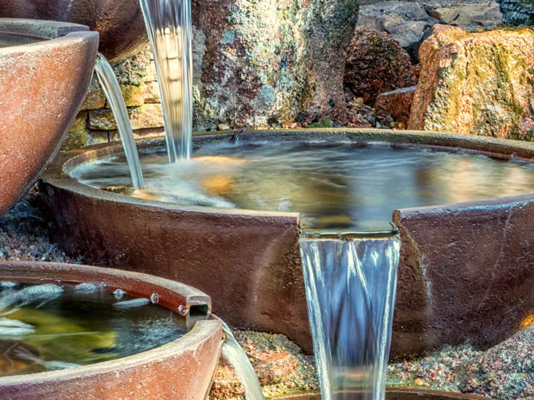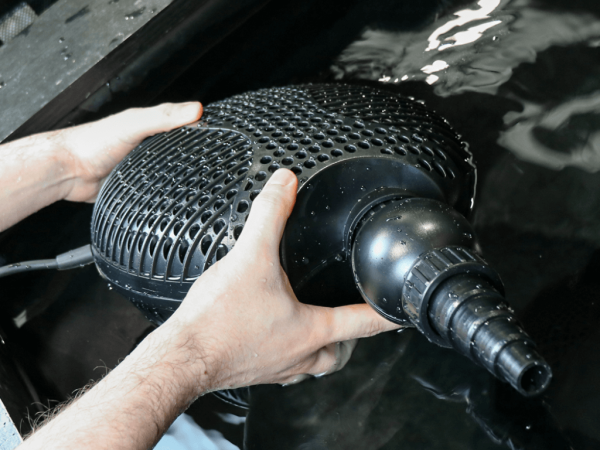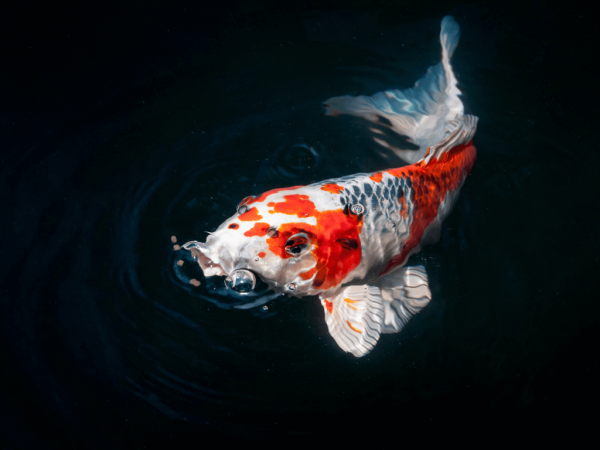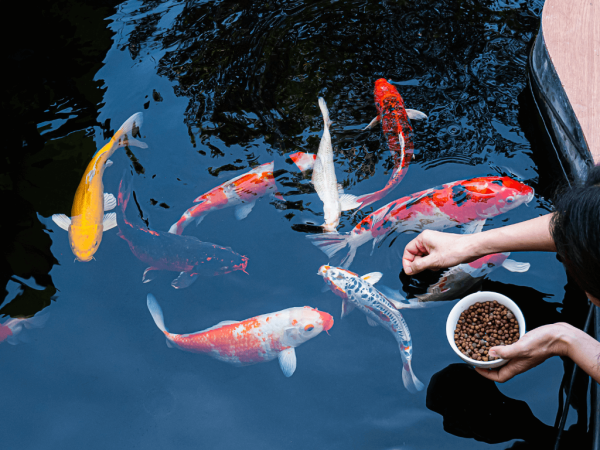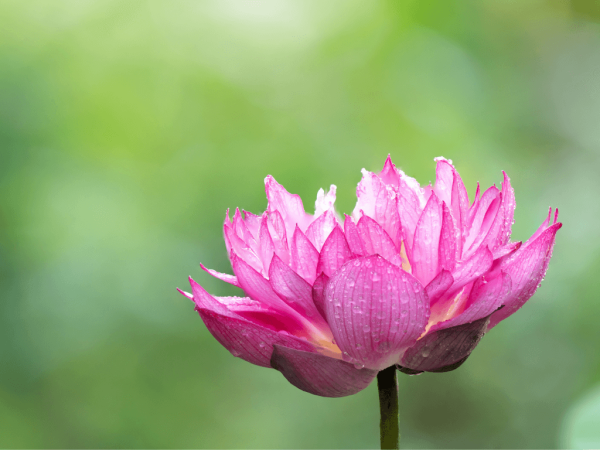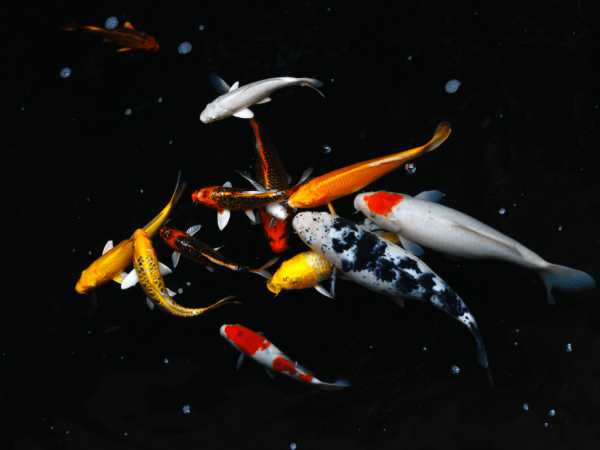How to make a water feature
Gardening has boomed since Lockdown, with many people spending more time in their outdoor spaces than ever before.
By adding a water feature to your garden you can bring sound and movement at the same time as providing somewhere for birds to drink. And the best bit is it doesn’t have to be large, or expensive, and anyone can set one up in under half a day.
Setting up a water feature
Water features are self-contained, meaning that water that is squirted out of fountain heads, old watering cans, a water wall, bamboo fountain or from one half barrel to another, falls into a basin below and is recirculated. So the first thing you need is a vessel to hold water. This could be a half whiskey barrel, a Belfast sink, a mini pond, a large bucket or a purpose-built water feature reservoir.
Next, you need a pump which will act as the engine of the water feature, sucking water from one place and pumping it to another. You'll need some hose, to take water from the pump to the place you want it to exit from. Then you need something for the water to eject out of - the feature - and this could be a statue with a pipe coming out of it (known as a spitter,) an ornament, an old tin bucket or watering can, or simply the rose fountain head attachment that comes with the pump. And if you just want water to erupt through a pile of stones, you can do that too!
How gravity affects water
Water is affected by gravity, so the vessel should be at the lowest point in the feature, at or below ground level, and the pump will pump water up and out of the vessel, into the feature, before the water drops back into the vessel by gravity. Place the vessel in the ground, attach the pump to the hose, fill the vessel with water and just experiment by turning the pump on, and recirculating the water up through the hose and back to the vessel again.
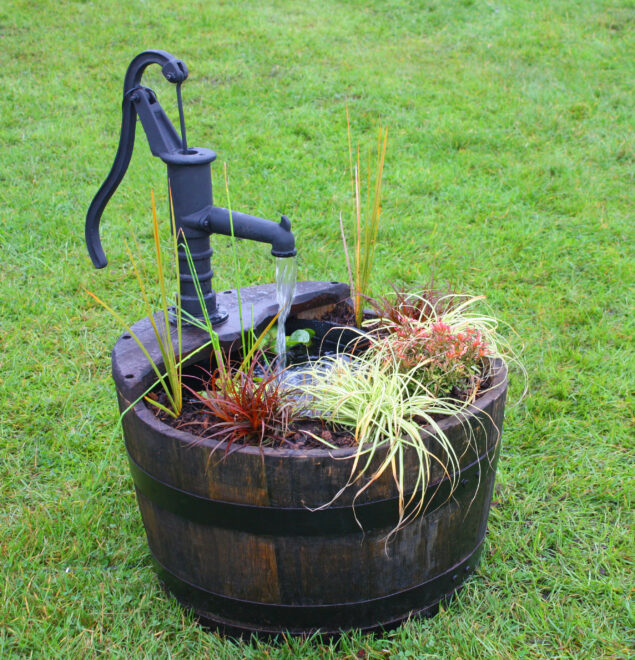
How to adjust a water feature pump
It’s important with any sort of water feature that all the water is returned to the vessel via the fountain or feature. If water splashes outside of the catchment of the vessel, it will only take a few hours before the vessel runs out of water and the pump will run dry. This is a common mistake and one that should be avoided, especially when running fountain sprinkler heads. Pumps can be damaged by running dry, even for a few minutes.
A good way of preventing that is to buy a pump with an adjustable flow rate. With these, you can plug the pump in, watch it circulate, and if its too powerful or splashing, you can turn the flow down to get it just right, where all the water falls back into the catchment of the vessel. If your fountain or water feature pump isn’t adjustable you can fit a valve in the hose, which you will be turn flow down, just like turning down a tap.
Think water feature safety
Water features can be child-safe too, by placing a strong metal grid over the vessel containing the water. You can even hide the grid by covering it with large pebbles and giving the ilusion of water disappearing into the ground. Birds can still drink from it, you get all the sight and sound of moving water, but its completely child safe.
How to clean a water feature
Water features look great, but only if you keep them clean, and the first thing that will blight them will be green algae. Algae loves any water which is exposed to sunlight so your rocks, stones or the feature itself will quickly turn green. The first course of action can be to scrub the feature with a scouring pad, then change the water. But there are lots of products available to help the feature to stay clean.
If the water feature is free of fish and water plants, use Feature Clear to prevent algae, and Cloverleaf sparkling answer to give the feature a deep clean. If the feature contains pond plants, fish and is visited by wildlife, use Aqua HydroTech Water Feature Clear. For large water features, a pressurised pond filter and ultraviolet clarifier could also be considered to permanently rid a feature of green water.




